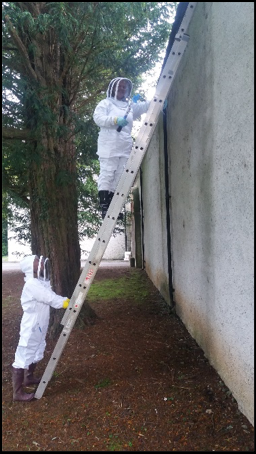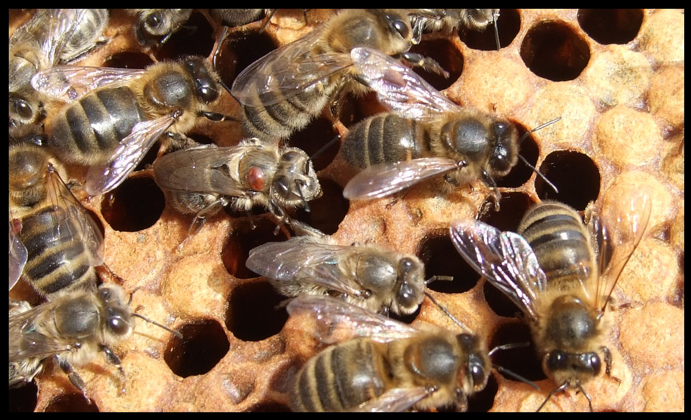-
Courses

Courses
Choosing a course is one of the most important decisions you'll ever make! View our courses and see what our students and lecturers have to say about the courses you are interested in at the links below.
-
University Life

University Life
Each year more than 4,000 choose University of Galway as their University of choice. Find out what life at University of Galway is all about here.
-
About University of Galway

About University of Galway
Since 1845, University of Galway has been sharing the highest quality teaching and research with Ireland and the world. Find out what makes our University so special – from our distinguished history to the latest news and campus developments.
-
Colleges & Schools

Colleges & Schools
University of Galway has earned international recognition as a research-led university with a commitment to top quality teaching across a range of key areas of expertise.
-
Research & Innovation

Research & Innovation
University of Galway’s vibrant research community take on some of the most pressing challenges of our times.
-
Business & Industry

Guiding Breakthrough Research at University of Galway
We explore and facilitate commercial opportunities for the research community at University of Galway, as well as facilitating industry partnership.
-
Alumni & Friends

Alumni & Friends
There are 128,000 University of Galway alumni worldwide. Stay connected to your alumni community! Join our social networks and update your details online.
-
Community Engagement

Community Engagement
At University of Galway, we believe that the best learning takes place when you apply what you learn in a real world context. That's why many of our courses include work placements or community projects.
background on honey bees
Background on Honey Bees
There are 98 native bee species in Ireland which require our monitoring and conservation (www.pollinators.ie). Of these, there is only one native honey bee species, in fact it’s a sub-species, Apis mellifera mellifera, the dark northern Western honey bee. Moreover, because this sub-species inhabits much of Northern Europe with its wide variation in climate, the honey-bees in Ireland and each individual country or region could be more accurately referred to as ecotypes, with characteristics finely adapted to their specific environment.
Honey bees are included in the pollinators that pollinate wild plants and crops. The importance of the honey bee lies not only in the sheer numbers of potential pollinators, up to 60,000 bees can make up a colony, but also in their management as a semi-domesticated animal. The ability to manage colonies means they can be moved to where they are of greatest use to us as crop pollinators.
The Pilot Project for Free-Living Honey Bees
Following the confirmation of a rare unprotected population of Apis mellifera melliferain Ireland (see Hassett et al 2018 and Henriques et al 2018 below), attention turned to the state of the free-living (wild or feral) honey bee population. In late 2015 the National University of Ireland Galway launched a pilot project asking citizen scientists everywhere to locate, report and monitor the survival of free-living honey bee colonies across all of Ireland. Over 200 reports of honey bee colonies in buildings, trees, walls and a mixture of other types of cavities were received and we have been able to monitor the survival of some of these.
The study showed that some free-living colonies can survive for 3 years or more without human intervention. It also showed that a high proportion of the free-living population are Apis mellifera mellifera, the sub-species native to Ireland. To fully understand this free-living population and devise strategies to protect it for Ireland and the rest of Europe, NUIG have launched this new appeal in collaboration with the National Biodiversity Data Centre.


Right: Forager honey bees flying outside their nest which was locate in a hollow statue of a lion at Mote Park, Co. Roscommon.

The Problems
Wild honey bees are threatened by habitat loss and chemical use in our landscape. Additionally, through hybridisation with introduced forms, sub-species and ecotypes can lose genes and gene complexes adapted to their local environment thereby reducing their fitness. The adaptations of these ecotypes give the colonies the potential to be less stressed than those that are introduced or hybridised. The reduced stress on a colony consequent of being closely adapted to their environment is likely to be a component in the extra fitness required to survive the cumulative stress of disease and infestation, such as with Varroa destructor leading to greater sustainability. Recent international research considers that locally adapted ecotypes of honey bees are the sustainable way forward for the conservation of both free-living and managed honey bees.
Honey bees are treated in the same manner as fully-domesticated livestock, with free movement of honey bees permitted throughout Europe in much the same manner as cattle or pigs. However, whereas cattle, pigs or their like are controlled in their mating habits though artificial insemination and fencing to control distribution, honey bees mate freely between their managed and wild populations and creating a population better described as semi-domesticated. Where introduced sub-species such as Apis meliifera ligustica from Italy or hybrid commercialised strains such as Buckfast or Starline are present in either of those populations there is potential for genetic admixture that can remove the adaptations of the local population to its environment resulting in reduced colony longevity, which in turn makes it less sustainable.
Varroa Destructor
To compound the problems above, the introduction of pests such as Varroa destructor (circled in blue below) through movement of managed colonies has had a devastating effect on the honey bee population, both managed and free-living.

Varroa is an obligate ectoparasite of honey bees which was originally introduced into the Europe’s Western honey bee population from its original host, the Eastern honey bee Apis cerana, through the legal movement of managed colonies. Varroa was first discovered in Ireland in 1998, allegedly introduced by the movement from the UK into Ireland of a single infected colony.
The mites feed on the body tissue of both larval and adult bees, acting as a vector for many viruses, with the result that weakened colonies usually die within 2 years of infestation. The result of this infestation has been substantial widespread honey bee colony deaths across Ireland and Europe to the extent that Apis mellifera mellifera is considered party or wholly extinct across much of its natural range.
NUI Galway Research
In conjunction with researchers in Limerick institute of technology and collaborators in Switzerland and Portugal it has been determined that the Irish honey bee population of both managed and free-living colonies is mainly Apis mellifera mellifera and only partly hybridised with other sub-species. This picture differs considerably from most of the rest of Europe where Apis mellifera mellifera is native and is, for the main part, though to be extinct.















